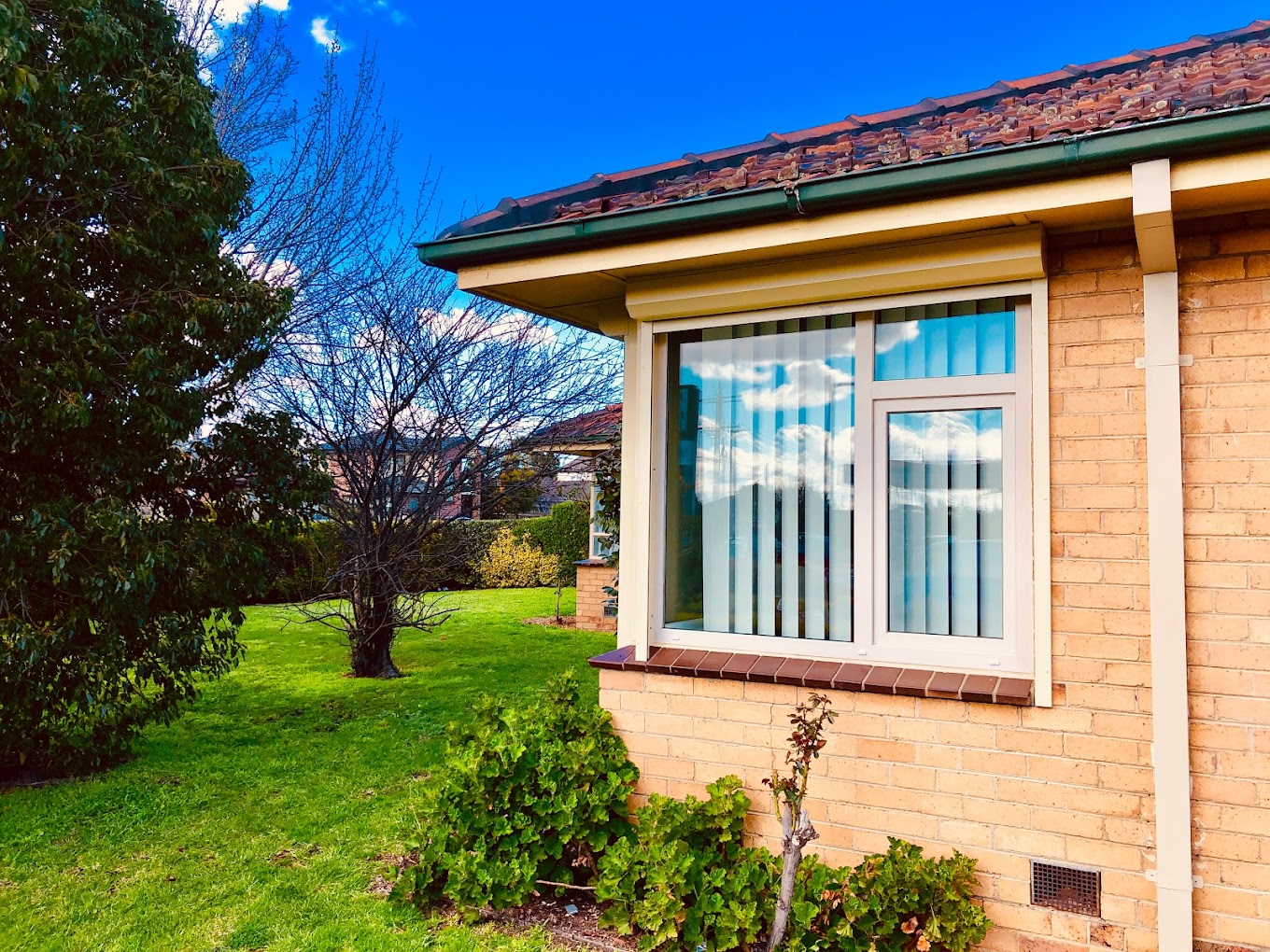All Categories
Featured
Table of Contents
Improve Your Home's Energy Efficiency With Double Glazing in Warnbro Western Australia
Glazing just means the windows in your home, consisting of both openable and fixed windows, in addition to doors with glass and skylights. Glazing really simply suggests the glass part, but it is usually used to refer to all elements of an assembly consisting of glass, films, frames and home furnishings. Paying attention to all of these elements will help you to accomplish efficient passive style.

Energy-efficient glazing makes your house more comfortable and considerably reduces your energy costs. However, inappropriate or improperly developed glazing can be a major source of unwanted heat gain in summertime and significant heat loss and condensation in winter season. Up to 87% of a home's heating energy can be gotten and approximately 40% lost through windows.
Is Double Glazing Worth It? in Success WA
Glazing is a significant investment in the quality of your house. The expense of glazing and the cost of heating and cooling your house are closely related. A preliminary investment in energy-efficient windows, skylights and doors can greatly lower your yearly heating and cooling expense. Energy-efficient glazing also reduces the peak heating and cooling load, which can reduce the needed size of an air-conditioning system by 30%, resulting in more cost savings.
This tool compares window choices to a base level aluminium window with 3mm clear glass. Understanding a few of the key homes of glass will help you to select the best glazing for your home. Secret homes of glass Source: Adjusted from the Australian Window Association The amount of light that goes through the glazing is known as noticeable light transmittance (VLT) or visible transmittance (VT).
Double Glazed Windows – Their Amazing Benefits For ... in Victoria Park Perth
The U worth for windows (expressed as Uw), describes the conduction of the whole window (glass and frame together). The lower the U worth, the higher a window's resistance to heat flow and the much better its insulating value.
For example, if your home has 70m2 of glazing with aluminium frames and clear glass with a U worth of 6. 2W/m2 C, on a winter season's night when it is 15C colder outside compared to indoors, the heat loss through the windows would be: 6. 2 15 70 = 6510W That is comparable to the overall heat output of a big space gas heating unit or a 6.
Climateframe Double Glazing: Perth's Double Glazed ... in Caversham Perth

If you pick a window with half the U worth (3. 1W/m2 C) (for instance, double glazing with an argon-filled space and less-conductive frames), you can halve the heat loss: 3. 1 15 70 = 3255W The solar heat gain coefficient (SHGC) for windows (expressed as SHGCw) determines how easily heat from direct sunlight flows through an entire window (glass and frame together).
The lower a window's SHGC, the less solar heat it transmits to the home interior. The real SHGC for windows is affected by the angle that solar radiation strikes the glass.
Why Does Double Glazing Help To Keep Us Cool In Summer? in Attadale Western Australia
When the sun is perpendicular (at 90) to the glass, it has an angle of incidence of 0 and the window will experience the maximum possible solar heat gain. The SHGC declared by glazing producers is always determined as having a 0 angle of occurrence. As the angle increases, more solar radiation is shown, and less is transmitted.
Table of Contents
Latest Posts
Single, Double Or Secondary Glazing, Which Is The Best ... in Leda WA
Double Glazed Windows Brisbane in Lockridge Western Australia
Double Glazing Vs. Triple Glazing: Which Is Worth It? in Palmyra Perth
More
Latest Posts
Single, Double Or Secondary Glazing, Which Is The Best ... in Leda WA
Double Glazed Windows Brisbane in Lockridge Western Australia
Double Glazing Vs. Triple Glazing: Which Is Worth It? in Palmyra Perth